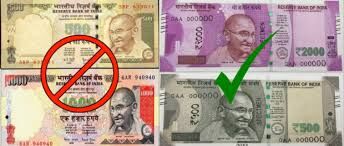Dissecting the demon of demonetisation
11 Dec 2018 5:05 PM IST
Black money is one of the major challenges for developing countries because it creates a parallel economy. We revisit demonetisation in India vis-à-vis other countries and assert that a crack down on the demand side of black money is required for a long-term solution.
0
Next Story




